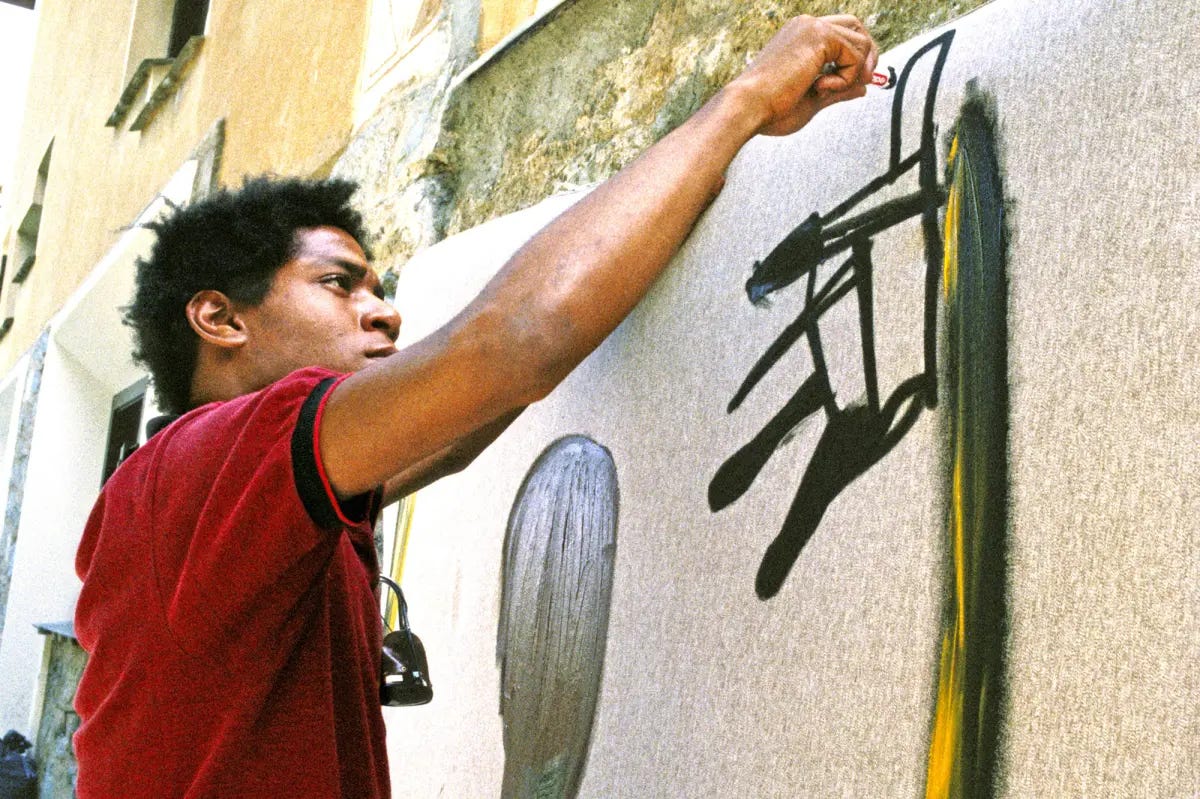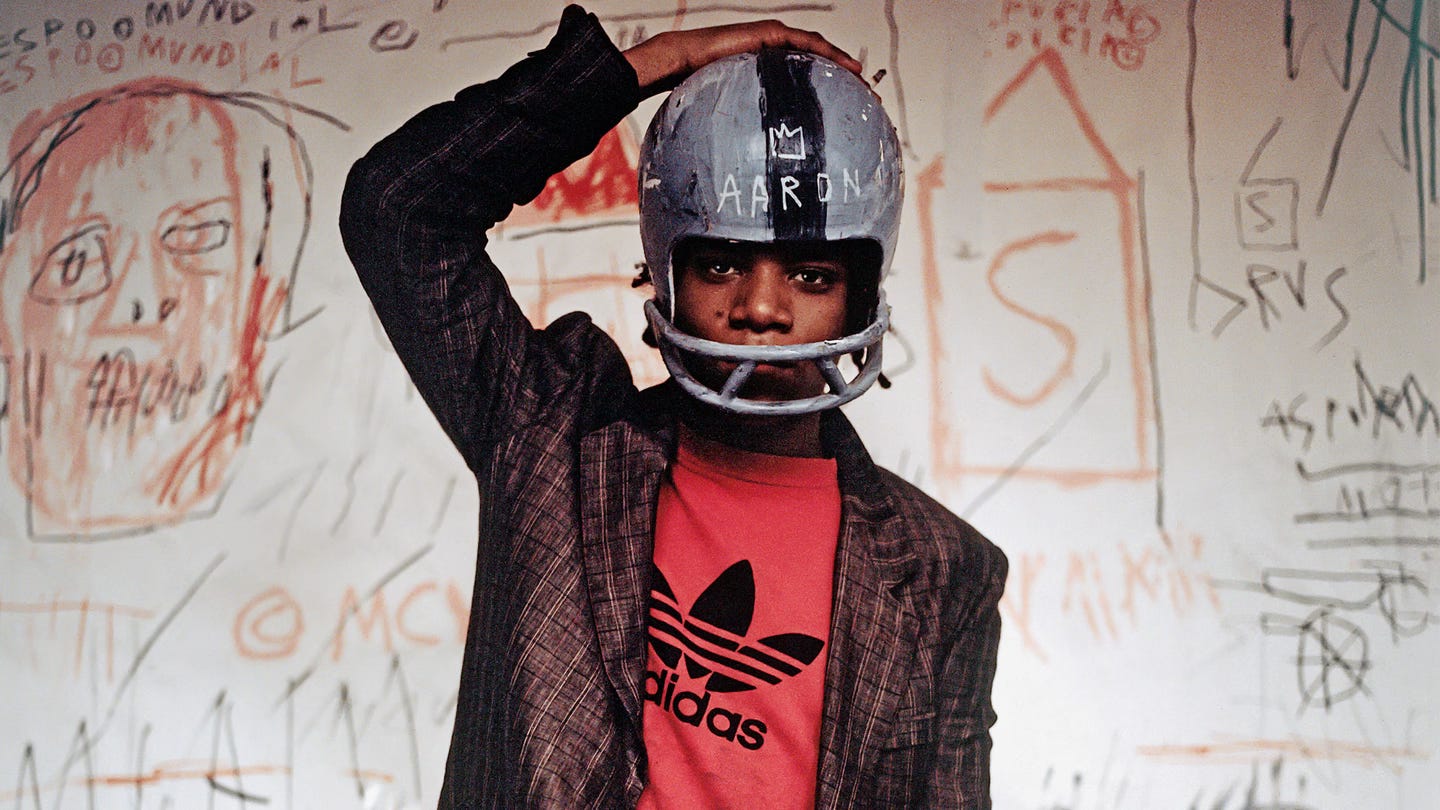Basquiat's legacy in NYC museums
Unpacking Basquiat's Impact and Representation in Major NYC Museums
Reviewing old college papers, I decided to revamp and revise some of my writing. Below is a concise version of one of my papers on Basquiat and his lack of presence in major NYC museums.
Written in 2022
Jean-Michel Basquiat was one of the century's most important artists. He revolutionized contemporary art with his work, an amazing marriage of unique representations of graffiti, neo-expressionist modes, and elements of abstract symbolism. His artwork was firmly based on the experience of American Black Life and broke through the traditional boundaries that had merged street culture with interesting Fine Art. Growing up in New York City's underground art scene in the late 1970s, Basquiat quickly became central to the contemporary art world.
Strong and heavily influential, Basquiat's existence within the largest art institutions of NYC has been both celebrated and problematic. Though his work may be strong, his social-political commentary on race and identity resonates little within the museum collections. While institutions such as MoMA, Whitney, and The Met have all held retrospectives or major exhibitions of his work, the truth is that Basquiat is vastly underrepresented in the permanent collections—a fact that begs essential questions about the way museums interact with artists of color.
Much of his work works ritually with the uncomfortable truths in society, using symbols such as the crown and skeletal figures, relating concepts of race, inequality, and mortality. He reduces his discourse to aesthetics over their cultural significance and political meaning. This also critiques how museums fall short in critically reflecting Basquiat's legacy, generally suggesting deeper engagement with the social message entailed in his works.
As Basquiat's art continues to influence and fascinate people, the debate over his place in museums symbolizes deeper questions regarding race, identity, and institutional recognition in the art world. His legacy serves as a sobering reminder that curating the works of artists who challenge society is indeed complex.





I've liked his art for a long time but I only just found out about the connection to Michael Stewart and the whole sequence of events involving Keith Haring etc. I guess what I'm saying is, when I learned about that history, I realized that I should have ALREADY known it given his stature; which means, you're right — there's just not enough institutional attention. Anyway thanks for this — fascinating.